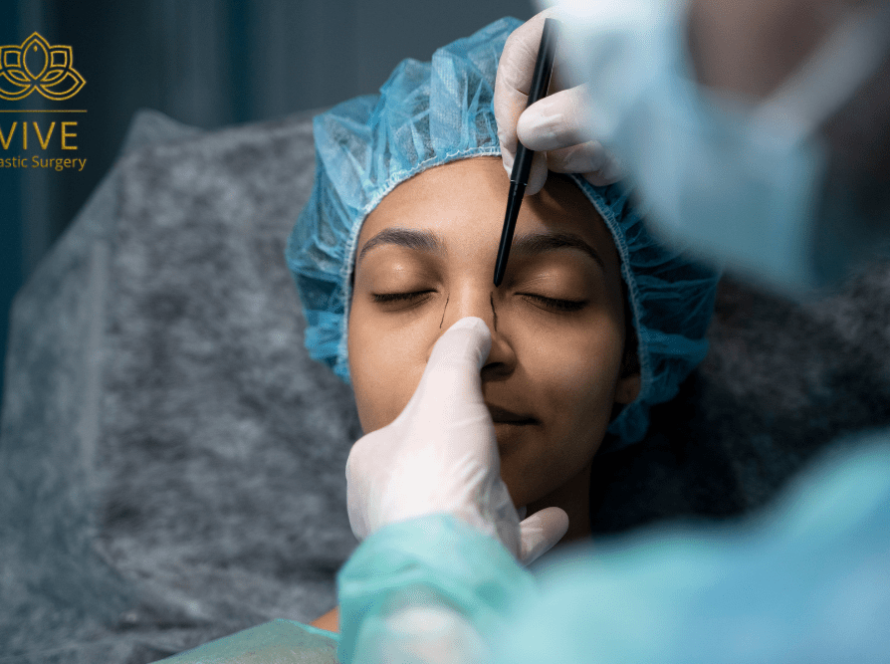Introduction
Facelifts have long been one of the most effective ways to address visible signs of aging, such as sagging skin, deep wrinkles, and loss of definition in the jawline. However, many people hesitate because they fear looking “pulled” or “unnatural.” The good news is that modern facelift techniques have evolved significantly, prioritizing subtlety, precision, and harmony with a patient’s natural features. Today’s facelifts are not about changing who you are—they are about helping you look refreshed, youthful, and confident without obvious signs of surgery.
The Evolution of the Facelift
Traditional facelifts often focused only on tightening the skin, which sometimes led to an artificial or overly stretched appearance. Over the years, surgeons have developed advanced approaches that address not just the skin but also the deeper structures of the face. By repositioning muscles, restoring lost volume, and enhancing overall balance, modern facelifts create results that are more natural and longer lasting.
The SMAS Facelift
One of the most widely used modern techniques is the SMAS facelift, which targets the Superficial Musculoaponeurotic System (SMAS)—the layer of tissue and muscle beneath the skin. By tightening and repositioning this layer, surgeons can achieve a more lifted and youthful appearance without relying on excessive skin pulling. This method provides a natural contour to the face and neck, with results that can last a decade or more.
The Deep Plane Facelift
The deep plane facelift goes even further by lifting both the skin and underlying muscles together in a single, unified layer. This technique releases deeper ligaments and repositions facial fat pads, allowing for dramatic yet natural rejuvenation, particularly in the midface and jawline. Because the skin and muscles move together, the result avoids the “pulled” look and instead restores soft, youthful fullness.
Mini Facelifts for Subtle Enhancement
Not every patient requires a full facelift. For those with early signs of aging, a mini facelift can provide noticeable yet subtle improvement. This procedure involves smaller incisions, less downtime, and a focus on tightening the lower face. While results may not last as long as a full facelift, it is an excellent option for patients in their 40s or 50s who want to refresh their appearance without extensive surgery.
Combining Facelifts with Other Treatments
Modern facial rejuvenation often involves more than one technique. Facelifts can be combined with complementary treatments such as fat grafting, eyelid surgery, or skin resurfacing to address volume loss, eyelid aging, and skin texture. These combination approaches create a more comprehensive, harmonious outcome that looks youthful yet completely natural.
Recovery and Longevity
Recovery from modern facelifts is typically smoother than in the past. Patients can expect swelling and bruising for the first couple of weeks, but most return to normal activities within two to three weeks. With proper care, results can last 10 years or longer, depending on lifestyle, genetics, and skin quality. Maintaining results often includes good skincare, sun protection, and non-surgical treatments to enhance longevity.
Conclusion
Modern facelift techniques have redefined what is possible in facial rejuvenation. By focusing on the deeper structures of the face, restoring volume, and combining surgery with other treatments when needed, today’s facelifts deliver natural, balanced, and long-lasting results. If you are ready to restore your confidence with a youthful appearance that still looks like you, consulting with a board-certified plastic surgeon is the first step.
At VIVE Plastic Surgery, our experienced surgeons specialize in advanced facelift techniques that prioritize both artistry and safety.
Interested in learning more about modern facelifts? Schedule a consultation at VIVE Plastic Surgery and explore the options that can help you achieve natural, timeless results.
Enhance Your Body with the Best Plastic Surgery Procedures in Tijuana
At Vive Plastic Surgery, we offer a wide range of cosmetic and reconstructive surgeries in Tijuana, designed to enhance your beauty and boost your confidence.
Body Enhancement and Contouring
If you’re looking to refine your shape and add volume, our BBL in Tijuana (Brazilian Butt Lift) and Liposuction (Lipo 360) procedures will help you achieve a more sculpted and harmonious figure. We also offer Tummy Tuck in Tijuana, a surgery ideal for removing excess skin and tightening the abdomen after weight loss or pregnancy.
For mothers wanting to restore their pre-pregnancy body, the Mommy Makeover (MMO in Tijuana) combines multiple procedures, such as Breast Augmentation, Breast Implants, and a tummy tuck, to bring back a youthful and firm appearance.
Facial Rejuvenation and Bone Reshaping
Our clinic specializes in advanced facial procedures, including Rhinoplasty in Tijuana to enhance nasal aesthetics and function, as well as Facelift Surgery for a more youthful appearance. We also perform Rib Sculpting and Rib Subluxation, an innovative technique to create a slimmer waistline.
Intimate and Reconstructive Procedures
We understand the importance of feeling confident in all aspects of life. That’s why we offer Vaginoplasty in Tijuana, a procedure that enhances the aesthetics and function of the intimate area.
At Vive Plastic Surgery, we combine cutting-edge technology with expert surgeons to provide natural and safe results. Contact us today for a personalized consultation!


